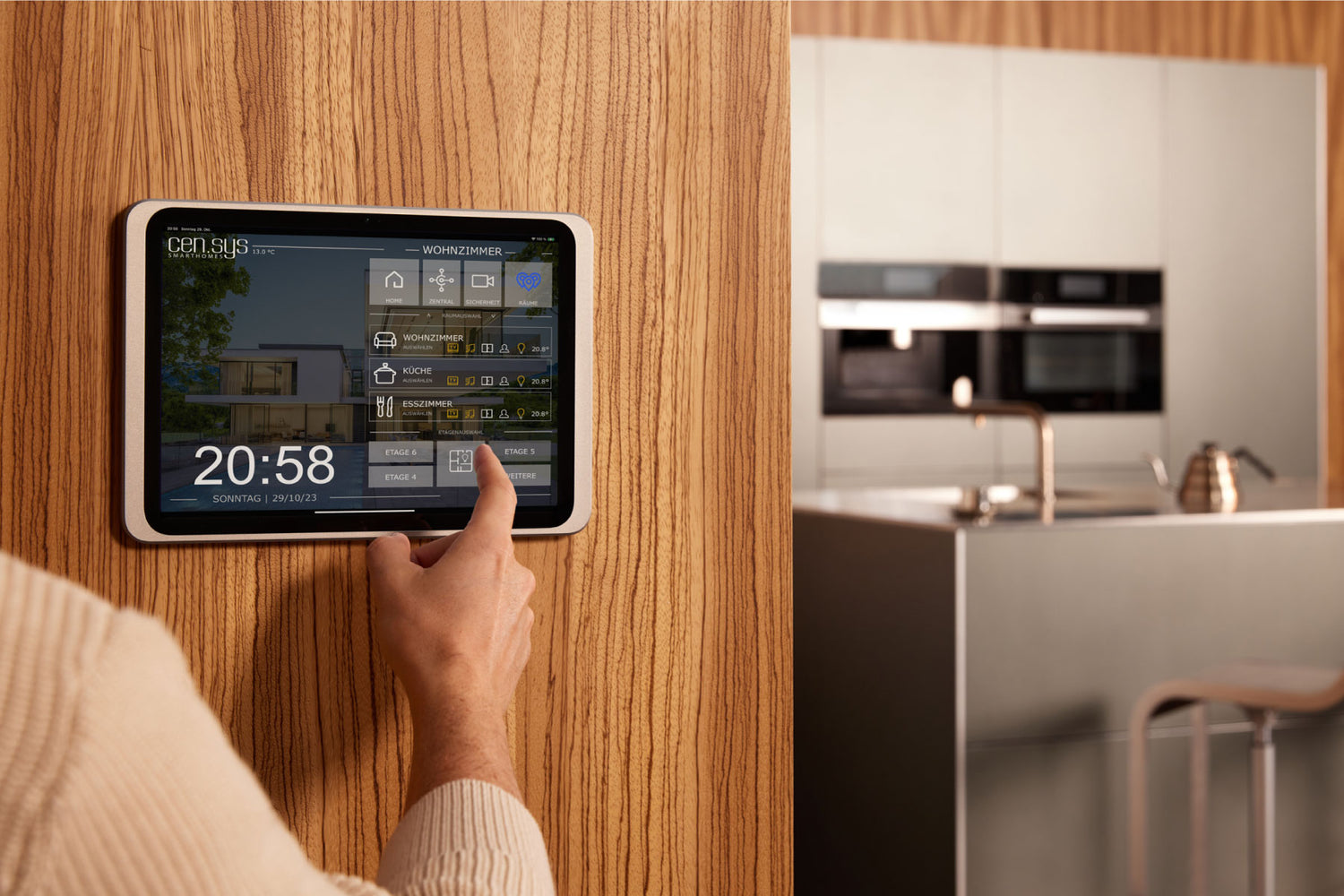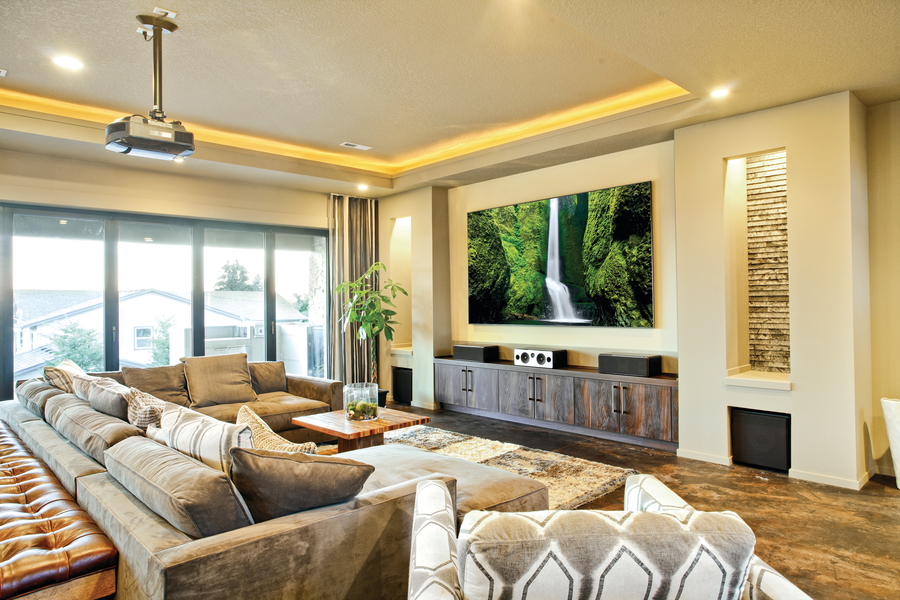The concept of the smart home has rapidly evolved from a futuristic fantasy to an everyday reality. With the rise of connected devices, homeowners can now automate, monitor, and control nearly every aspect of their living space using smartphones, voice assistants, and intelligent systems. From energy efficiency to home security, smart home technology offers both convenience and comfort—customized to your lifestyle.
In this article, we’ll explore what a smart home is, the key technologies involved, benefits of home automation, and how to get started on building a smarter, more connected home.
🏠 What Is a Smart Home?

A smart house is a residence equipped with devices and systems that connect to the internet, allowing for remote monitoring and control. These devices can communicate with each other via a hub or app and often work through voice commands, automated schedules, or AI-driven insights.
Smart homes are designed to:
-
Enhance convenience and comfort
-
Increase energy efficiency
-
Improve security and safety
-
Allow remote access and control
💡 Popular Smart Home Technologies
Here are the core components that make up a modern smart home:
🔊 Smart Speakers and Voice Assistants
Devices like Amazon Alexa, Google Assistant, and Apple Siri serve as the central hub for many smart homes. They allow voice-controlled operation of other smart devices.
🌡️ Smart Thermostats
Smart thermostats like Nest and Ecobee learn your schedule and preferences to optimize heating and cooling—saving energy and lowering utility bills.
💡 Smart Lighting
Smart bulbs and switches (like Philips Hue or LIFX) can be controlled remotely, scheduled to turn on/off, or even change color for ambiance.
🔒 Smart Locks and Doorbells
Devices such as August Smart Lock and Ring Doorbell provide keyless entry and allow you to see and communicate with visitors remotely.
📹 Smart Security Systems
Cameras, motion sensors, and alarms that integrate with apps or monitoring services to keep your home safe—whether you’re there or not.
🧼 Smart Appliances
Refrigerators, ovens, washing machines, and even coffee makers can now be controlled via app or voice, offering reminders, updates, or automation.
🪟 Smart Blinds and Curtains
Motorized window coverings that adjust to time of day, temperature, or user preferences to enhance energy efficiency and comfort.
🔌 Smart Plugs and Power Strips
Allow you to control any plugged-in device from your phone and monitor energy usage.
🚀 Benefits of Smart Home Technology
✅ 1. Convenience
Control lights, locks, thermostats, and more from your phone or with your voice.
✅ 2. Energy Efficiency
Smart thermostats, lights, and appliances help reduce energy usage and costs.
✅ 3. Enhanced Security
Get real-time alerts, monitor your property remotely, and control access to your home.
✅ 4. Customization and Automation
Create routines like “Good Morning” or “Movie Night” that adjust multiple settings with a single command.
✅ 5. Remote Access
Whether at work or on vacation, you can manage your home from anywhere with an internet connection.
🛠️ How to Get Started with Your Smart Home
1. Choose a Smart Home Ecosystem
Decide whether you want to use Amazon Alexa, Google Home, or Apple HomeKit as your central hub. Choose devices that are compatible with your ecosystem.
2. Start Small
Begin with a few key devices like smart lights, a speaker, or a thermostat. Expand gradually based on your needs.
3. Use a Smart Home App
Centralize control of your devices using an app from your chosen brand or a third-party app like SmartThings or Home Assistant.
4. Create Automations
Set schedules or triggers based on location, time, or conditions (e.g., turn on porch light at sunset).
5. Secure Your Network
Since all devices are internet-connected, protect your smart home with strong Wi-Fi passwords and regular firmware updates.
🌐 Top Brands in Smart Home Technology
| Brand | Known For |
|---|---|
| Amazon | Alexa, Echo speakers, Ring doorbells |
| Nest thermostats, Google Home devices | |
| Apple | HomeKit, Siri integration |
| Samsung | SmartThings hub and connected appliances |
| Philips | Hue smart lighting system |
| Ecobee | Smart thermostats with occupancy sensors |
| TP-Link | Kasa smart plugs, switches, and cameras |
📦 Smart Home Starter Kit Example
-
Smart Speaker (Amazon Echo or Google Nest Mini)
-
Smart Light Bulbs (Philips Hue Starter Pack)
-
Smart Plug (TP-Link Kasa)
-
Smart Thermostat (Nest or Ecobee)
-
Video Doorbell (Ring or Arlo)
These basics offer immediate convenience, security, and energy savings with room to expand later.
⚠️ Things to Consider Before Upgrading
Compatibility: Make sure devices work together and with your preferred ecosystem.
-
Privacy & Security: Read privacy policies, enable two-factor authentication, and change default passwords.
-
Internet Speed: A smart home relies on solid Wi-Fi. Consider upgrading your router for seamless performance.
-
Budget: Costs can add up, so plan your upgrades in phases.
🏡 Conclusion: Make Your Home Smarter, Safer, and More Efficient
Smart home technology offers a world of convenience, control, and customization. Whether you’re looking to save on energy, boost your security, or simply enjoy the comfort of automation, there’s a smart solution for every home.
The key is to start small, choose compatible devices, and grow your system as your needs evolve.
📲 With just a few connected devices, your home can be smarter—and your life a little easier.
Tags: Smart Home
